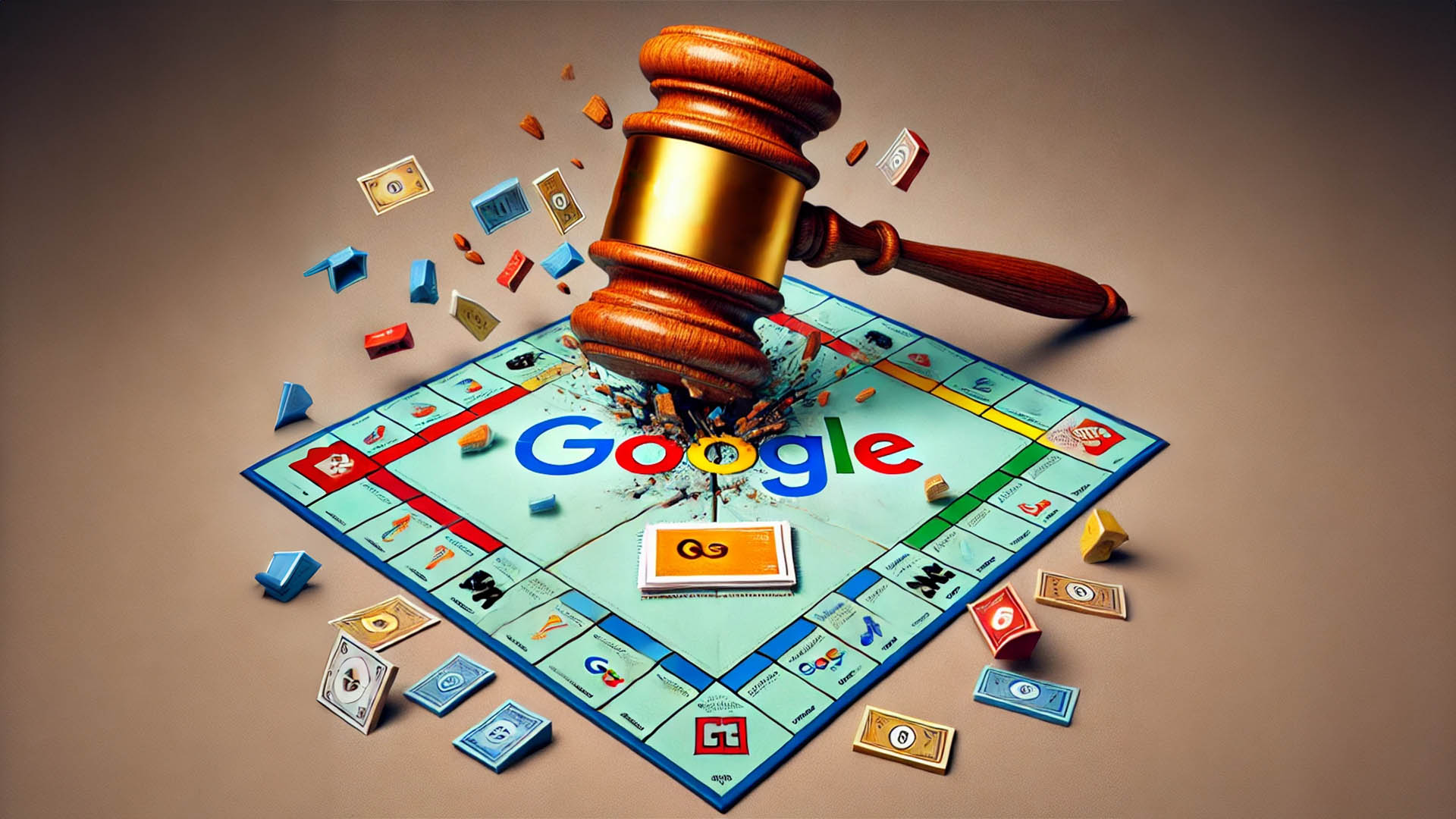Meta Platforms has announced a US$10bn plan to construct a subsea fibre-optic cable stretching over 40,000km.
The cable will trace a giant “W”-shaped route, connecting the US East Coast to India via South Africa and returning to the US West Coast via Australia. The route avoids volatile regions, including the Red Sea and South China Sea.
The project will be completed in phases, with an initial investment of US$2bn. Specialised ships will lay the cable over several years.
Unlike prior shared initiatives, Meta will exclusively own this cable, prioritising data traffic for platforms like Facebook, Instagram and WhatsApp, which drive substantial global internet traffic.
India, one of Meta’s largest markets, is expected to be a key beneficiary.
Google’s cables
On 25 November, Google unveiled plans for two new subsea cables as part of its Australia Connect initiative, aimed at bolstering connectivity in the Indo-Pacific. The first cable, "Bosun", will connect Darwin to Christmas Island and Singapore, while the second will link Melbourne, Perth, and Christmas Island, integrating with the "Honomoana" system that connects Australia to the US and French Polynesia.
Google is involved in numerous subsea cable projects worldwide, both as a sole investor and in collaboration with partners. These projects include:
- "Curie": Connecting the United States to Chile, this was Google’s first private subsea cable in Latin America, completed in 2019.
- "Dunant": A transatlantic cable linking the US to France, operational since 2020.
- "Equiano": Connecting Portugal to South Africa along the west coast of Africa, this cable became operational in 2022.
- "Grace Hopper": Linking the US with the UK and Spain.
- "Firmina": Connecting the US to Argentina, Firmina is one of the longest subsea cables.
- "Honomoana and Tabua": These cables connect the South Pacific, enhancing connectivity between Australia, Fiji, and French Polynesia.
- "Apricot": This cable connects Japan, Taiwan, Guam, the Philippines, Indonesia and Singapore.
- "Umoja": Announced in 2024, this 13,000km subsea cable will link Kenya to Australia via the Indian Ocean.
Vulnerabilities
This news follows tension regarding regional security.
In mid-November, two undersea cables in the Baltic Sea, linking Sweden to Lithuania ("BCS East-West Interlink", owned by Arelion, formerly known as Telia Carrier) and Finland to Germany ("C-Lion1", owned by Cinia Group, a Finnish telecommunications company), were apparently sabotaged.
Sweden is leading investigative efforts, and has requested China’s cooperation. The Chinese vessel "Yi Peng 3" was present near the severed cables and remains under European naval surveillance in the Kattegat strait.
Reports suggest the ship may have intentionally dragged its anchor along the seabed, but China’s foreign ministry has denied involvement.
Swedish Prime Minister Ulf Kristersson has called the Baltic Sea a “high-risk” zone, though sabotage remains unconfirmed.
This follows recent incidents of disrupted underwater infrastructure in the region, including the Nord Stream pipeline explosions and Balticconnector gas pipeline damage.
Regional leaders, meeting in Harpsund, Sweden, have cited rising "hybrid warfare" threats, including sabotage and espionage, and NATO has increased patrols in response.
Cables, cables everywhere
Google and Meta’s investment reflects a broader trend of tech giants moving to control critical infrastructure traditionally dominated by telecom operators.
The internet’s "backbone" consists of high-speed fibre-optic cables and routers capable of transmitting massive amounts of data, and exchange points where different networks interconnect. Smaller companies or individual websites use Internet Service Providers (ISPs) to access this backbone. The ISP owns or rents access to parts of the internet infrastructure, and physically links their data centres or networks to routers at internet exchange points.
Large companies like Google often connect directly to the backbone. Google negotiates peering agreements to exchange traffic directly. These agreements are usually "settlement-free", meaning neither party pays the other because the traffic exchanged is balanced. However, when there is a traffic imbalance, or when direct peering isn’t feasible (for instance, in areas where Google doesn’t have its own infrastructure), the company pays providers to carry its data.
Advantages to tech giants of owning their own cables include:
- Direct control over data traffic, ensuring higher reliability, faster speeds, and reduced latency for services like Google Search, YouTube, or Facebook.
- Lower long-term operational costs.
- Tailored capacity, ensuring that high-bandwidth services like cloud computing, video streaming, and AI data processing perform optimally.
- Support of emerging markets, which may increase user base and revenue.
- Ability to route the cable to bypass geopolitical hotspots.
- Reduced exposure, in comparison with using a third-party cable, to outages or bandwidth bottlenecks—or to surveillance, sabotage, or data breaches.














